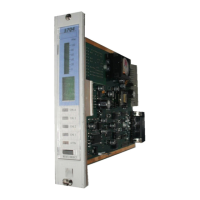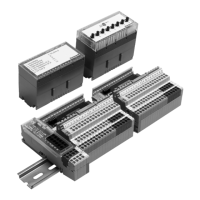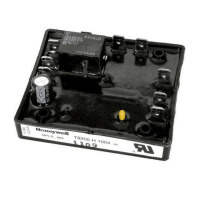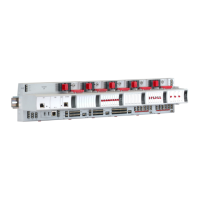k. Rising Alarm
A rising alarm is caused by a rising level of the parameter being
measuredcrossingapreconguredthreshold.Thiswillalsocause
the associated alarm LED to illuminate as described in Section
2.3.1.
l. Falling Alarm
A falling alarm is caused by a falling level of the parameter being
measuredcrossingapreconguredthreshold.Thiswillalsocause
the associated alarm LED to illuminate as described in Section
2.3.1.
m. Latched Alarm
A latched alarm is an alarm that will remain active even though the
level monitored no longer crosses the alarm threshold. The alarm
LED will remain lit until the alarm reset is operated.
n. Non-latched Alarm
A non-latched alarm is an alarm that only remains active while the
level being monitored crosses the alarm threshold. The alarm LED
will remain lit while the alarm level remains but will automatically
be reset when the level monitored no longer crosses the alarm
threshold.
o. Normally Energised
A normally energised relay is activated when the power is removed
from it, (eg. in the event of a system power failure). The LEDs will
illuminate when an alarm or fault condition occurs irrespective of
therelayconguredstate.
p. Normally De-energised
A normally de-energised relay is activated when the power is applied
to it, (eg. in the event of an alarm condition). The LEDs will illuminate
when an alarm or fault condition occurs irrespective of the relay
conguredstate.

